A glimpse into the Batumi Raptor Count of 2023
Guest blog by Fernando Gros and Eva Drukker
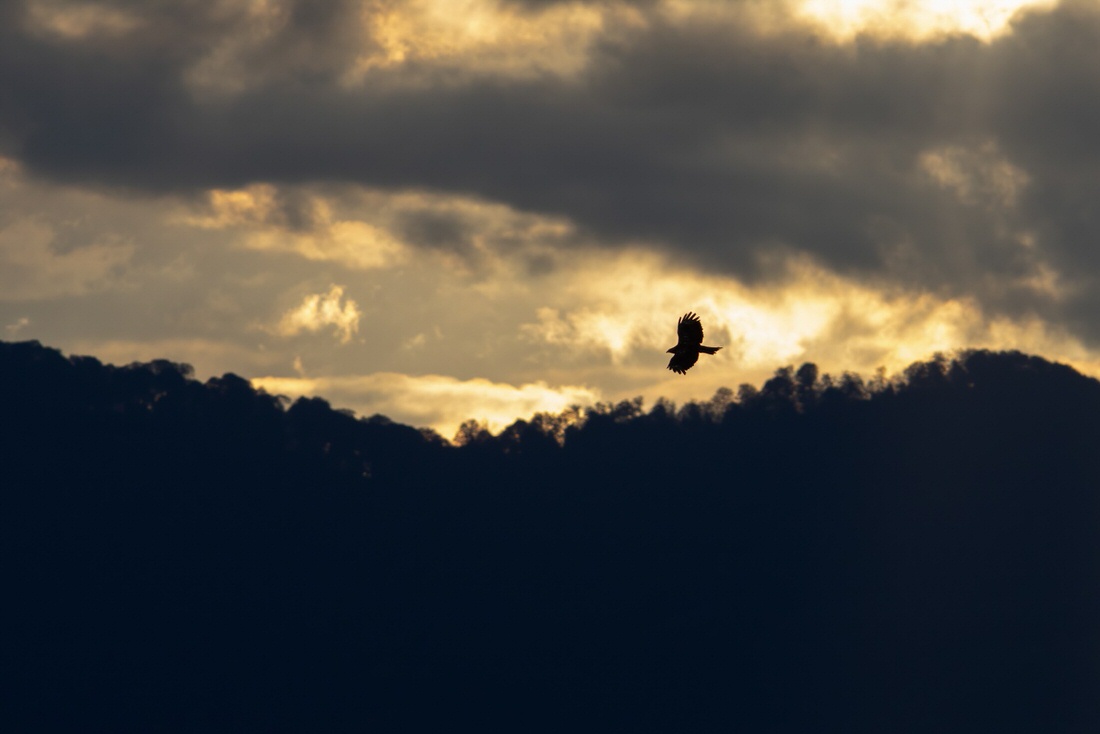
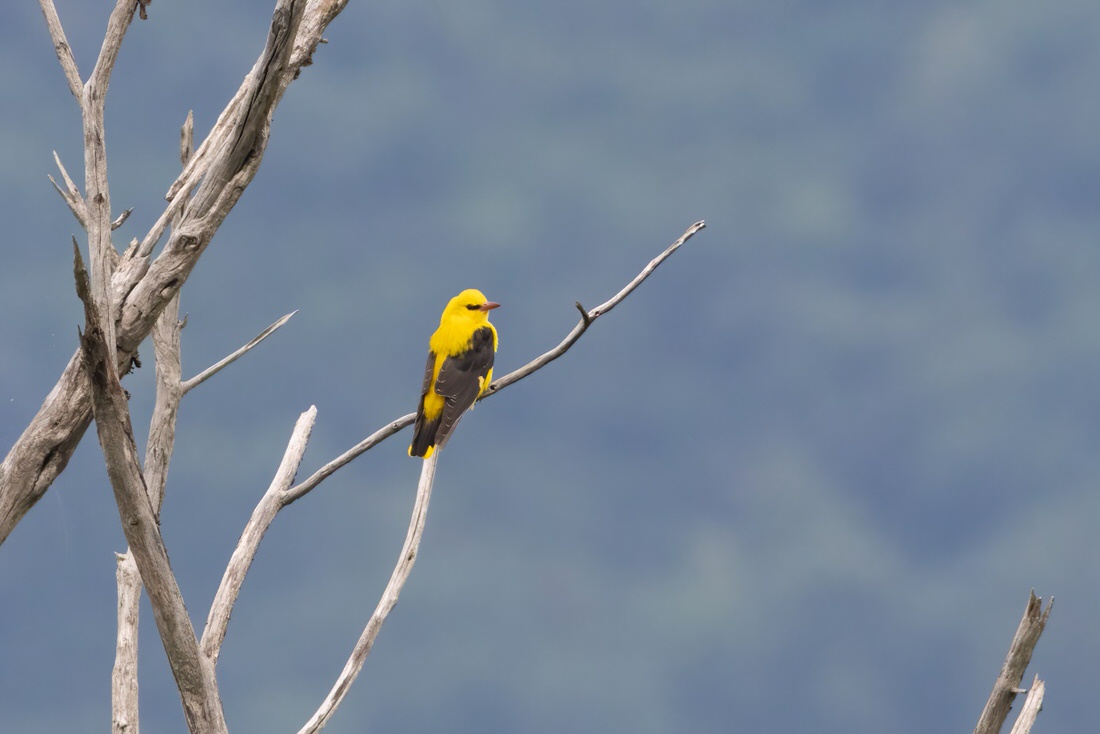
Every autumn the skies above Batumi, Georgia open up to a spectacular phenomenon, where in a mere two-and-a-half months millions of raptors fly through this bottleneck, making their way south to their wintering grounds. Since 2008 we have been monitoring this migration, providing high quality data that has been used for research and conservation. With the help from many volunteers, funds and donations (thank you OSME!), we have been able to again run a very successful and hectic count this season. Here a taste of some of the unforgettable moments, breathtaking sights and experiences from us.
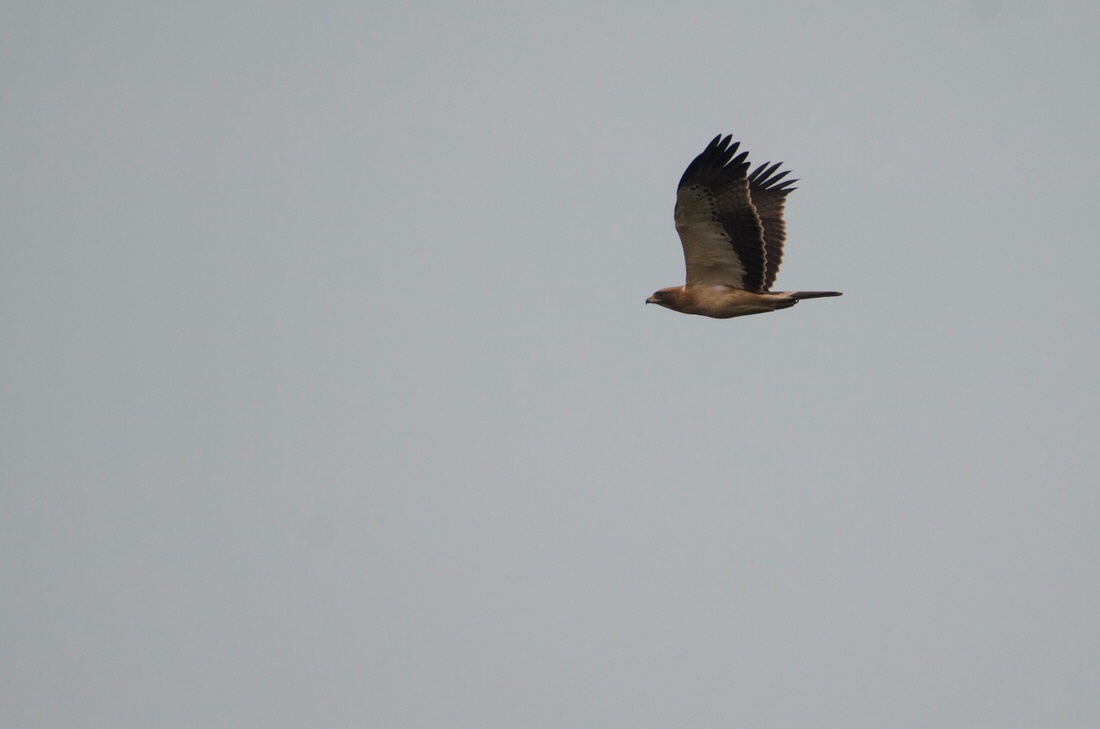
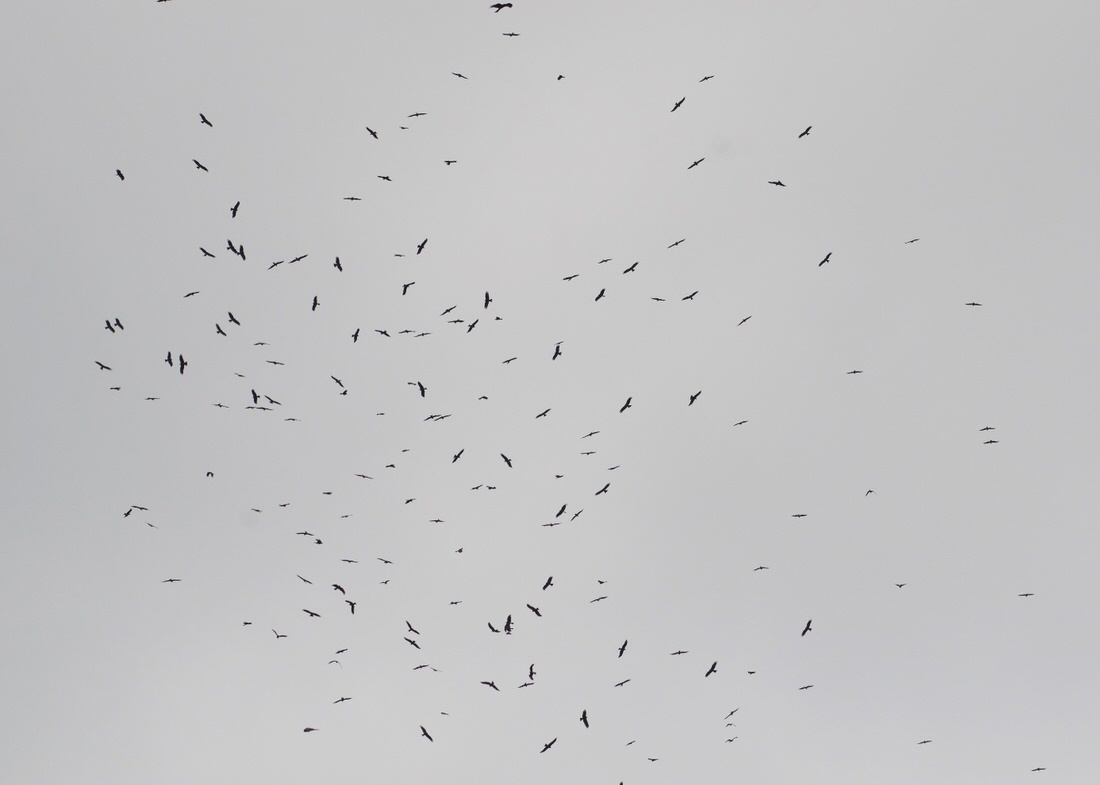
While writing this, three quarters of the season has passed; it’s been a while since we saw the last sunny days. Colder and cloudy weeks have come, leaving behind the September days of hectic counting under the bright sun. Migration is far from finished, but with the current storms blocking the southbound journey of Large Eagles, Pallid Harriers and Steppe Buzzards, it is the perfect opportunity to look back to a season full of surprises and memorable moments.
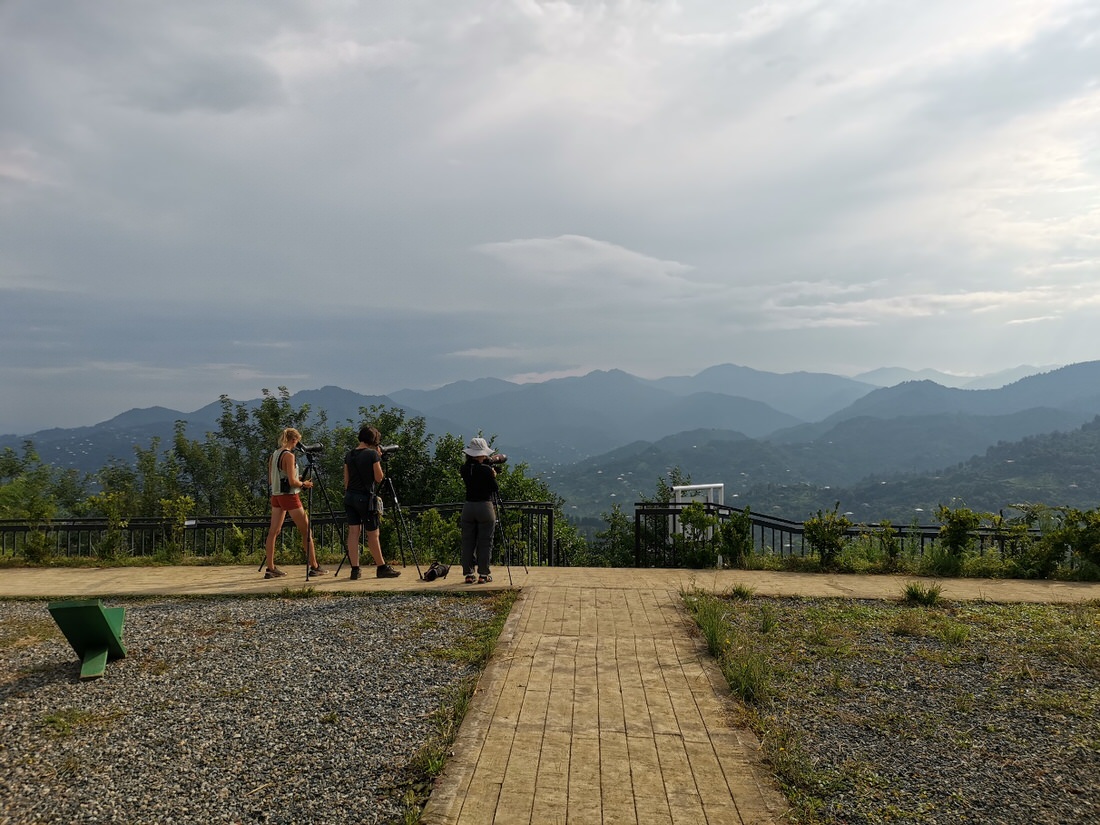
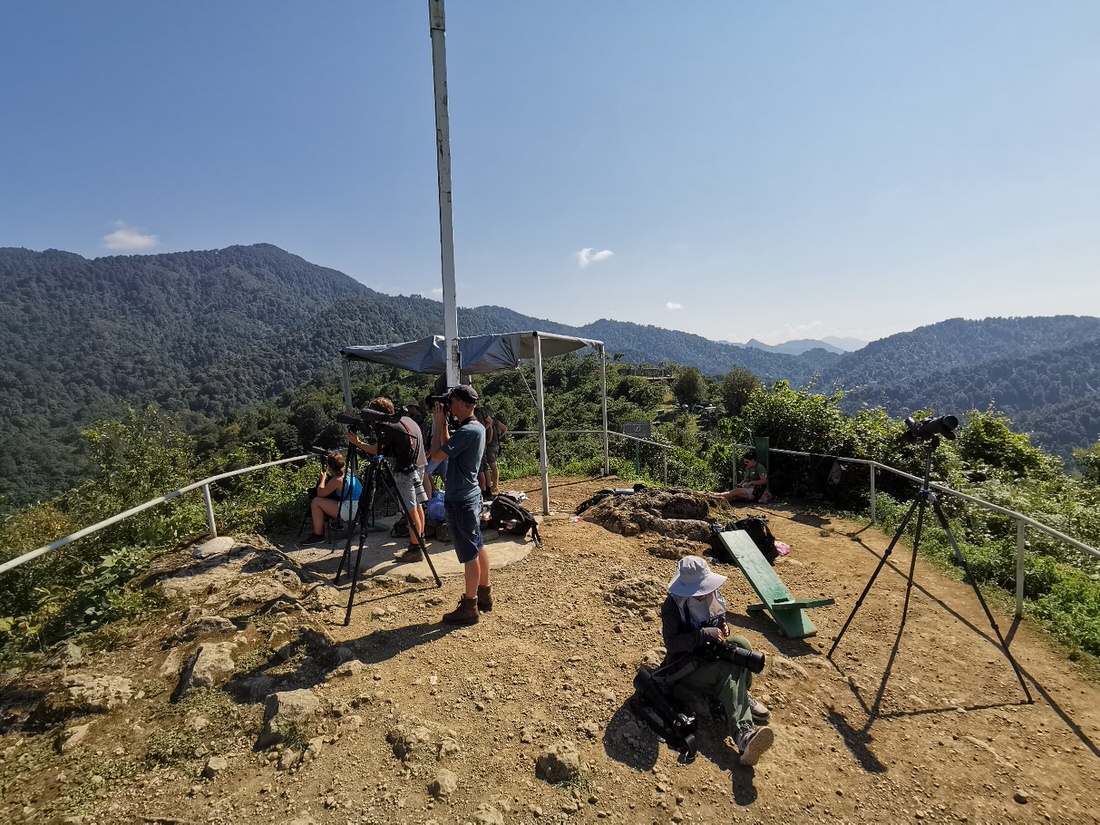
The first day feels like a long time ago. It was crazy… as that first day ended with an unprecedented 0 protocol species counted! A single Hobby was the only raptor that we saw. But this only increased our excitement for the raptors to arrive. And slow but steady, the birds started to show up. The first Honey’s, Booteds and Black Kites made their appearance, as did new counters from all around Europe. The team got together, bonding under the tarp on rainy days and preparing for the massive numbers to count. The built up in the Honey Buzzards and Montagu’s passage came fast, the numbers kept growing ruthlessly. 15K, 40K, 60K… The four-clickers were indispensable and on fire.
The Honey Buzzard Peak was taking its time to arrive to the bottleneck, making some counters – who almost had to leave – nervous that they would miss it. But the clouds arrived, just in time for the perfect storm. The big day we were hoping for; 110 000 raptors made their way through the bottleneck on the 6th of September! Streams, kettles, clouds, a fog of Honey Buzzards darkened the skies in the afternoon, preceded by a morning of HUNDREDS of Montagu’s and Pallid Harriers; one by one picked up and identified with expertise. The Crested Honeys almost flew against our heads, while Pallids, Booteds and a dark Morph Marsh Harrier spiced up the ominous streams. This epic 100K+ day ended with a well celebrated 100K party combined with a birthday and a goodbye party, to honour the milestone!
As expected, the numbers of Honey’s decreased in the following days, and started to mix up with the increasingly abundant Black Kites, Marsh Harriers, Booted Eagles and Steppe Buzzards, forming up challenging mixed streams of unpredictable proportions and packed with cherries. The multiple migrant passerines fluttering around the stations kept us amused in the few slower rainy days. From the nearby trees, Golden Orioles watched us frenetically running across the station to catch a glimpse of the close Montagu’s and the first male Pallid Harriers of the season. Late as usual, the juvenile Honeys finally joined the party, spread along the still dominant adults. Lower in the valleys, the Rollers flew by flashing their blue and stealing the show whenever they appeared. The air was filled with the calls of Tree Pipits, Redstarts, intense clicking and overlapping conversations, all of it eclipsed by the constant calls of the Bee Eaters.
Specially remarkable was the 9th of September, in which the all-time record of 30 Ospreys pushed their way through, against wind and rain, as several thousands of raptors did despite the harsh conditions. Unfortunately, many shots were fired in the course of the most humid days, that forced the birds to fly closer to the forest.
And thus October finally got to us. The set of species had visibly changed as the Steppe Buzzards and Lesser Spotted Egles started to fly in already serious numbers. Counters in all levels of experience struggled to sharpen our skills in identifying and ageing, picking up with excitement the few early Greater Spotted and Steppe Eagles, two species that have progressively taken over in the last few days, together with beautiful Stock Dove and Wood Pigeon passage and the chaos of the kettling Steppe Buzzards. Still waiting for the first Hen Harrier and hopefully more Imperial Eagles to come. So good so far!
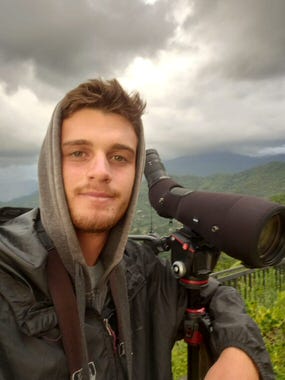
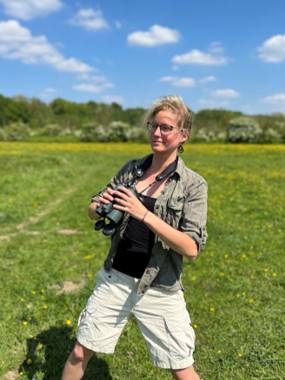
OSME is a proud supporter of the Batumi Raptor Count
